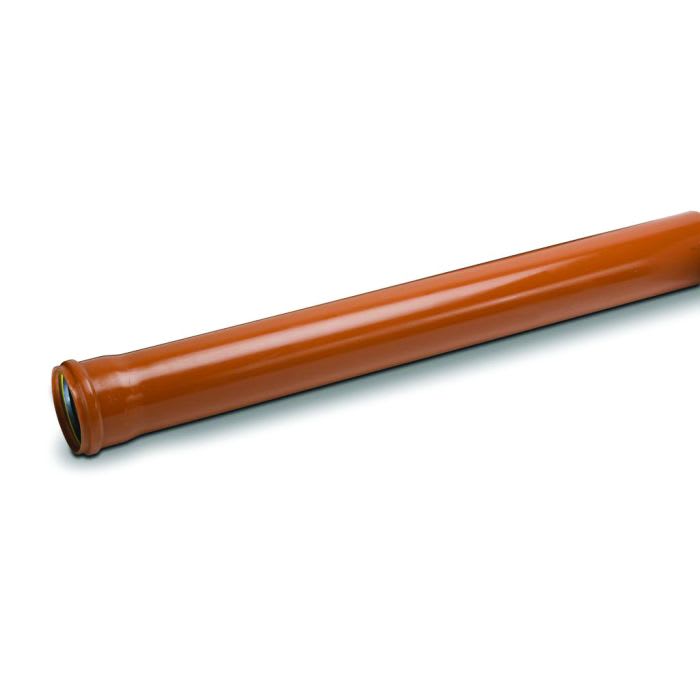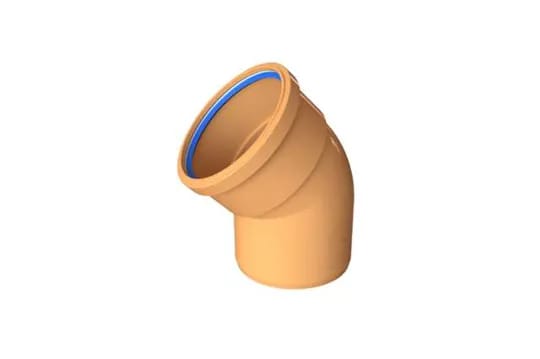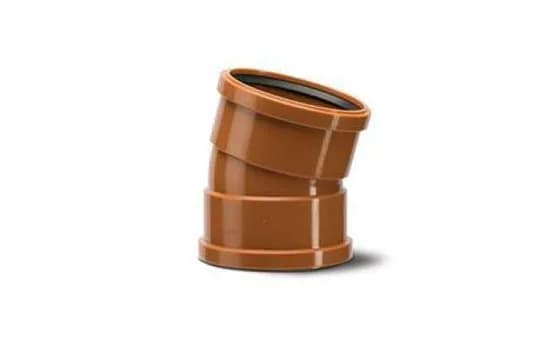Drainage
(235 Products)A well-designed and properly functioning drainage system is crucial for any building. It ensures the effective removal of water, protecting the foundation from damage and preventing issues such as mould and dampness. We supply drainage online which fully complies with current UK and European standards. Browse our selection and find the right solution for your drainage project today.
What Is Drainage?
The purpose of drainage is to effectively manage and redirect water away from buildings and their foundations.
Poor drainage can lead to a whole host of structural woes such as mould and water ingress, both of which are unwavering threats to the structural soundness of a structure.
Good drainage, on the other hand, helps prevent water damage, dampness, and mould growth, ensuring the longevity and structural integrity of the building.
Degree Bend Double Sockets
Degree bend double sockets are a vital component in drainage systems, especially when navigating around corners and obstacles.
These fittings allow for smooth directional changes, ensuring the efficient flow of water.
Available in various angles, they provide flexibility during installation and help maintain the integrity of the drainage network.
Bottle Gully and Grid
Bottle gullies are designed to collect surface water and connect it to the underground drainage system.
They consist of a chamber that holds water, preventing odours and gases from escaping. The grid on top prevents debris from entering the drainage system while allowing water to pass through.
Bottle gullies are often installed in areas prone to surface water accumulation, such as driveways and patios.
Underground Pipe
Underground pipes are the backbone of any drainage system, responsible for transporting water away from the building's foundation.
Available in various materials like PVC or HDPE, these pipes are durable and resistant to corrosion.
They can be solid or perforated, allowing for different drainage applications. Perforated pipes are commonly used in French drains or soakaways to facilitate the controlled dispersal of water into the ground.
Drainage Fabric
Drainage fabric, also known as geotextile, is a specialised material used to enhance the efficiency of drainage systems. It acts as a filter, allowing water to pass through while preventing soil and sediment from clogging the system.
Drainage fabric is often used in conjunction with other materials such as gravel or sand to create a stable and effective drainage layer.
Catch Basins
Catch basins, also known as sump basins or gully pots, are underground chambers designed to collect water runoff and debris.
They serve as collection points and help prevent the drainage system from getting overwhelmed during heavy rainfall. Catch basins are typically connected to drainage pipes and are equipped with grates or covers to prevent large objects from entering the system.
For underground drainage supplies at the best prices, we've got you covered. Simply refer to the high quality products located on our designated underground drainage systems page on site.
Frequently Asked Drainage Questions
What Is Underground Drainage?
Underground drainage refers to a system that effectively removes excess rainwater from the surrounding areas of a building to prevent soil erosion and flooding. Additionally, this is a reliable drain method to transport wastewater from a building to a sewage treatment facility.
What Are The Key Components of a Drainage System?
The key components of a drainage system include underground pipes, fittings (such as degree bend double sockets), catch basins, drainage fabric, bottle gullies and grids, and other specialised materials.
These components work together to collect, channel, and transport water away from the building, preventing water accumulation and potential damage.
What Are Some Common Types of Drainage Systems?
Common types of drainage systems include French drains, where a perforated pipe is surrounded by gravel to facilitate water absorption, and surface drainage systems that utilise trench drains or permeable pavers to direct water runoff away from the building.
Additionally, underground pipes are used to transport water away from the building's foundation.
How Can Drainage Systems Be Integrated Into Building Design?
Drainage systems can be integrated into building design through careful planning and consideration.
Architects and engineers work together to determine the optimal placement of drainage components, such as catch basins, underground pipes, and drainage outlets.
This integration ensures that water is effectively managed while minimising any visual impact on the building's aesthetics.
What Are The Components of a Roof Drainage System?
A roof drainage system typically consists of several components. These include gutters, downspouts (also known as downpipes or leaders), and related accessories such as gutter brackets, hangers, and outlets.
The gutters collect rainwater as it flows off the roof, while the downspouts transport the water down to the ground or a designated drainage area.


























